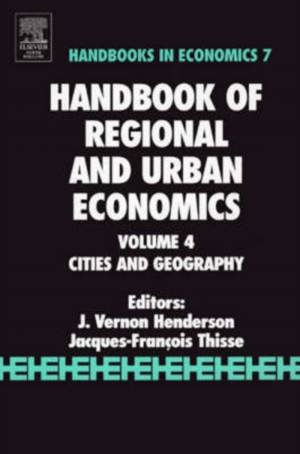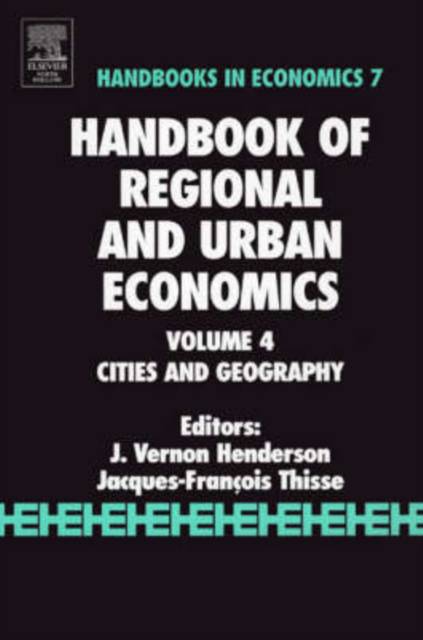
- Retrait gratuit dans votre magasin Club
- 7.000.000 titres dans notre catalogue
- Payer en toute sécurité
- Toujours un magasin près de chez vous
- Retrait gratuit dans votre magasin Club
- 7.000.000 titres dans notre catalogue
- Payer en toute sécurité
- Toujours un magasin près de chez vous
Handbook of Regional and Urban Economics
Cities and Geography Volume 4
Description
The chapters cover theoretical developments concerning the forces of agglomeration, the nature of neighborhoods and human capital externalities, the foundations of systems of cities, the development of local political institutions, regional agglomerations and regional growth. Such massive progress in understanding the theory behind urban and regional phenomenon is consistent with on-going progress in the field since the late 1960's. What is unprecedented are the developments on the empirical side: the development of a wide body of knowledge concerning the nature of urban externalities, city size distributions, urban sprawl, urban and regional trade, and regional convergence, as well as a body of knowledge on specific regions of the world--Europe, Asia and North America, both current and historical.
The Handbook is a key reference piece for anyone wishing to understand the developments in the field.
Spécifications
Parties prenantes
- Editeur:
Contenu
- Nombre de pages :
- 1020
- Langue:
- Anglais
- Collection :
- Tome:
- n° 4
Caractéristiques
- EAN:
- 9780444509673
- Date de parution :
- 21-07-04
- Format:
- Livre relié
- Format numérique:
- Genaaid
- Dimensions :
- 168 mm x 246 mm
- Poids :
- 2072 g






